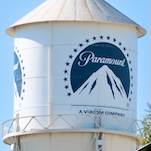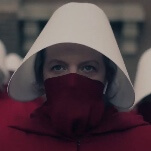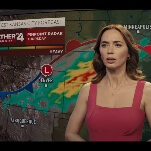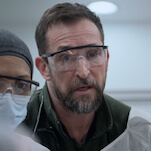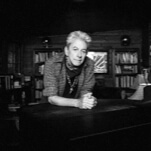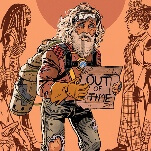Tyrell Corporation, err, Amazon officially orders Blade Runner 2049 sequel series
The series, Blade Runner 2099, takes place 50 years after the last movie
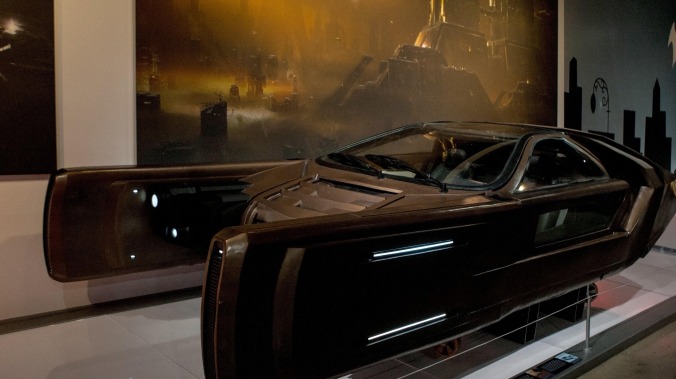
A Spinner from Blade Runner 2049 Photo: Paul Butterfield/Getty Images
Ridley Scott’s original Blade Runner is about blue-collar workers pushing back against a corporate structure that dehumanizes them and literally lets them die when they’ve outlived their usefulness, so, naturally, Amazon has jumped at the chance to be associated with such a… believable future. According to Variety, the mega-corp’s Prime Video branch has officially picked up the Blade Runner sequel series that it first started circling earlier this year, with Silka Luisa (a writer on Shining Girls and Halo) serving as showrunner and Blade Runner 2049 co-writer Michael Green being one of the executive producers (Scott, through his Scott Free Productions label, is also executive producing).







